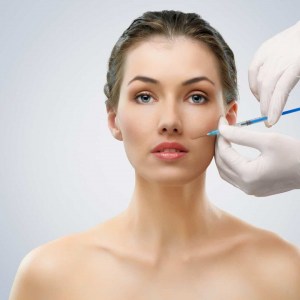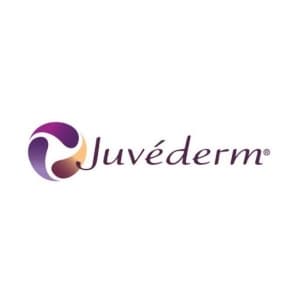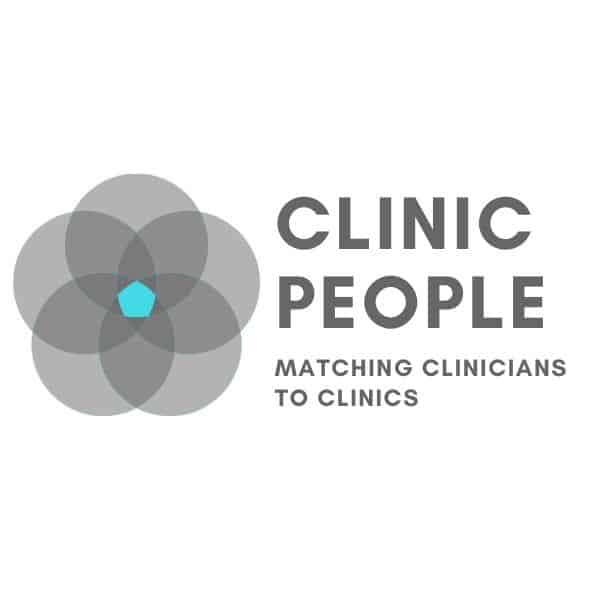Cosmetic surgery is a way to achieve a youthful appearance. It is particularly helpful in erasing marks of aging associated with skin changes, ranging from wrinkles to the loss of subcutaneous fat and dermal collagen with Dermal Fillers.
ranging from wrinkles to the loss of subcutaneous fat and dermal collagen with Dermal Fillers.
While the most well-known method of tightening the face around the skin is through a surgical face lift, a less well-known, but equally effective, method is dermal filling.
Although dermal filling may sound like a revolutionary new trend in aesthetic medicine it has been around for over a century. In the 1890s, dermal filling consisted of removing fatty tissue from one part of the body where it was not needed, like from sagging fat in the arms, and injecting it to another part where it was needed, like the wrinkling skin of a face. Today, a variety of many more filler choices are available. These fillers are said to work better and to last longer than their earlier counterparts.
Bovine collagen was popular in the United States in the 1980s. Results were claimed to last as long as eighteen months, but the reality was closer to five months, with three months being the average. Nevertheless bovine collagen became the standard by which other fillers were assessed.
Human collagen, collagen derived from human beings that was cultivated in the laboratory, replaced bovine collagen in popularity. Then researchers began to look for something even more compatible with the patient’s body. They arrived at the autologen method. In this method, human collagen is still used, but this time it comes directly from the patient‘s own tissues. This collagen, derived from the patient’s own body, is made into a sterile suspension of fibres. Three square inches of skin can be manufactured to supply 1 ml of 3.5% collagen. This collagen is used to treat wrinkles, lines, scars, and sagging lips.
An alternative to injecting fillers has been autologous collagen. By stimulating an inflammation in the patient, the resulting new collagen deposits are harvested and fat is then mixed with sterile distilled water.
Other viscous fluids have also been tested and used in cosmetic surgery. These include the use of fillers made out of recycled skin, hyaluronic acid, and hybrid technologies.
The recycled skin came from rehabilitation centres for burn victims and was processed for use in aesthetic medicine. Hyaluronic acid, a protein in the skin of mammals, including humans, has been used to form a gel. Finally, artificial Dermal Fillers suspended in bovine collagen have been used to treat wrinkles and scars.
 it needs. That’s why medical advancements such as Juvéderm have done so much to improve the nature of our skin while we age, allowing us to rejuvenate and heal skin that’s begun to sag and wrinkle. As we battle against pollution in the area, stress, sunlight and unhealthy lifestyles like smoking, new medical treatments are always available to help us recover our appearance when necessary. The truth is our skin is taking the brunt of the damage in our current lifestyles, taking most of the hits like sun damage and stress-related aging. Our skin is actually aging faster than it should because of the rough life it’s going through.
it needs. That’s why medical advancements such as Juvéderm have done so much to improve the nature of our skin while we age, allowing us to rejuvenate and heal skin that’s begun to sag and wrinkle. As we battle against pollution in the area, stress, sunlight and unhealthy lifestyles like smoking, new medical treatments are always available to help us recover our appearance when necessary. The truth is our skin is taking the brunt of the damage in our current lifestyles, taking most of the hits like sun damage and stress-related aging. Our skin is actually aging faster than it should because of the rough life it’s going through. differences among them are how long they take, what they are made of, and how they work.
differences among them are how long they take, what they are made of, and how they work.






